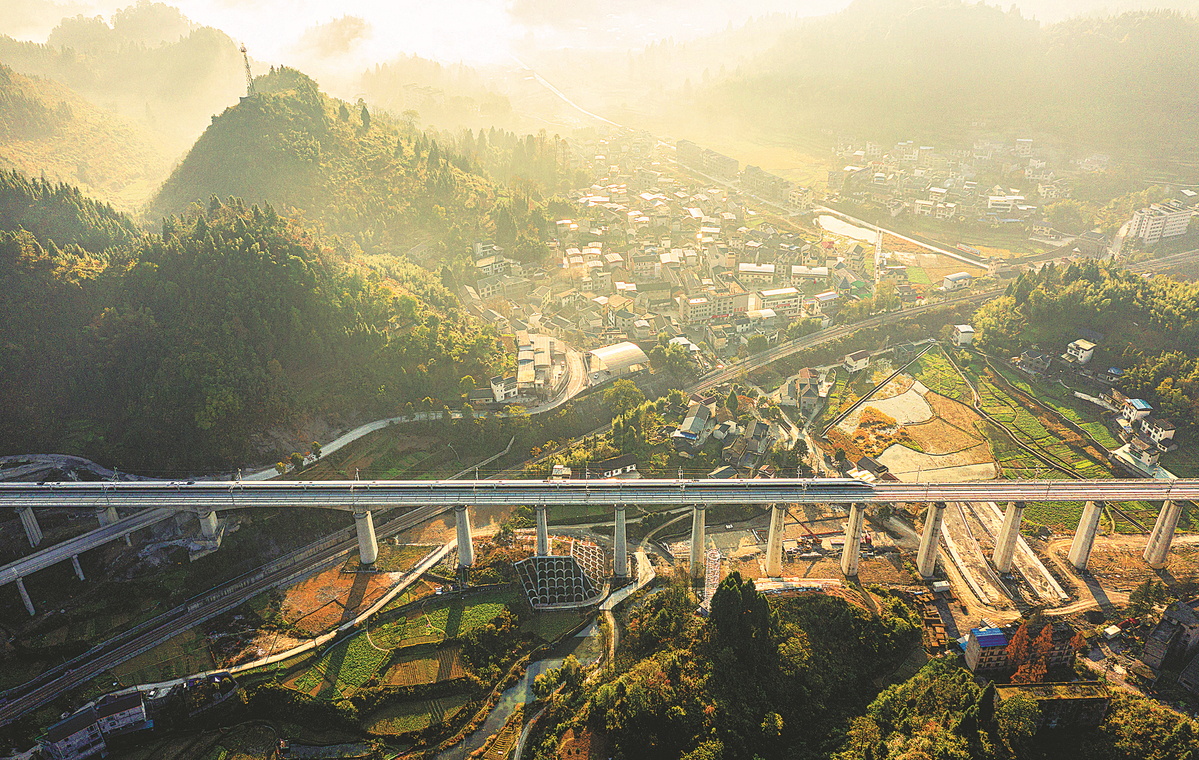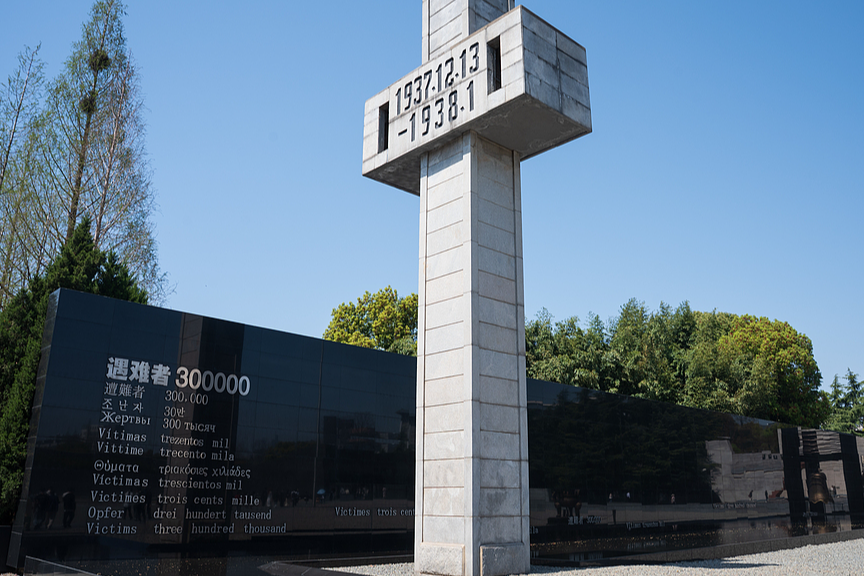New high-speed rail lines showcase adaptability


Niu Yongping, the project's chief engineer at China Railway Design, said the line represents China's top technology and management expertise in building high-speed railways in extremely cold areas.
Engineers adopted new materials and designed intricate structures to combat the cold, including rail beds, bridges, tunnels, tracks and houses along the line.
Dealing with frozen soil was essential to designing adequate rail beds, as ultralow temperatures can distort tracks. Freeze-resistant materials and new structures were adopted to prevent rail beds from changing shape, Niu added.
The line, linking two major cities in the province, reduces travel time between them from seven to two hours. It has seven regular stops and forms a high-speed railway circle linking Harbin, the provincial capital, with Mudanjiang and Jiamusi.
The new line has greatly improved the traditional heavy industry hub's connectivity with other parts of the country and will boost the socioeconomic development of northeastern China.
Track-laying work was completed in November last year. Since June, different types of bullet trains have been put into operation for test runs, with full-line trial runs beginning in August.
The line was scheduled to open to traffic in late September but experienced several delays because of the emergence of scattered COVID-19 cases in the region.
























